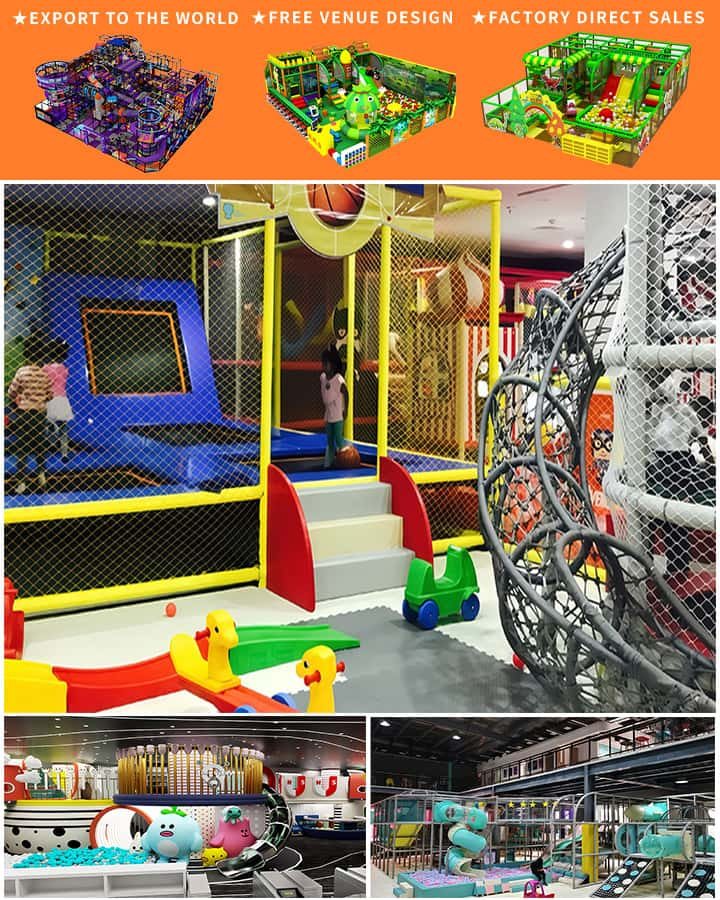In the hustle and bustle of academic schedules and curriculum planning, the significance of playground equipment in schools often takes a back seat. However, these outdoor resources play a crucial role in fostering physical fitness, social skills, and emotional well-being among students. Investing in high-quality playground equipment is not just about providing children with a place to expend their energy; it’s about creating an environment where they can learn valuable life skills while enjoying themselves.
Physical Health and Fitness
One of the most apparent benefits of quality playground equipment is its contribution to the physical health and fitness of students. In an age where childhood obesity rates are rising, having accessible and engaging outdoor play areas is essential. Swings, slides, monkey bars, and climbing structures encourage physical activity, which is vital for developing strong muscles, bones, and cardiovascular health. Regular physical activity during recess or gym class helps combat sedentary lifestyles and promotes healthy, active habits that can last a lifetime.
Cognitive Development

Playgrounds equipped with a range of apparatus can also aid cognitive development. Activities such as climbing, balancing, and navigating through obstacle courses require problem-solving skills and spatial awareness, which are critical components of cognitive growth. Interactive elements like puzzles, games, and educational panels can be integrated into playground designs to make learning fun and engaging. These activities can help improve memory, concentration, and even academic performance by stimulating different areas of the brain.
Social Skills and Emotional Well-Being
Quality playground equipment provides more than just physical exercise; it also facilitates the development of social skills and emotional well-being. Children learn essential social skills such as sharing, cooperation, and conflict resolution while playing on playgrounds. Group activities like team sports and cooperative games encourage teamwork and communication. Moreover, unstructured playtime allows children to express their emotions freely, reducing stress and anxiety levels. Playgrounds serve as a sanctuary where kids can be themselves, build friendships, and develop resilience.
Safety and Accessibility
When choosing playground equipment for schools, safety and accessibility cannot be overlooked. High-quality equipment should meet national safety standards and be made from durable, non-toxic materials to ensure longevity and reduce the risk of injury. Additionally, inclusive playgrounds that cater to children of all abilities are essential. Features such as wheelchair-accessible swings, sensory-rich play structures, and rubberized surfaces provide opportunities for every child to participate in play, promoting equality and inclusivity within the school community.
Long-Term Benefits
The investment in superior playground equipment offers long-term benefits that extend beyond immediate physical activity. Well-designed and maintained play areas can enhance a school’s reputation, attract new families, and even boost property values. Moreover, the positive experiences children have at school can lead to a stronger connection to their education and a healthier, happier adult life.
Conclusion
In conclusion, playground equipment for schools is an indispensable element of the educational infrastructure. It promotes physical health, supports cognitive development, nurtures social skills, and contributes to emotional well-being. By prioritizing the installation and maintenance of high-quality playground equipment, schools can create enriching environments that support the holistic development of their students. As we continue to recognize the multifaceted benefits of playgrounds, let us commit to investing in these vital spaces, ensuring that every child has the opportunity to thrive both inside and outside the classroom.




